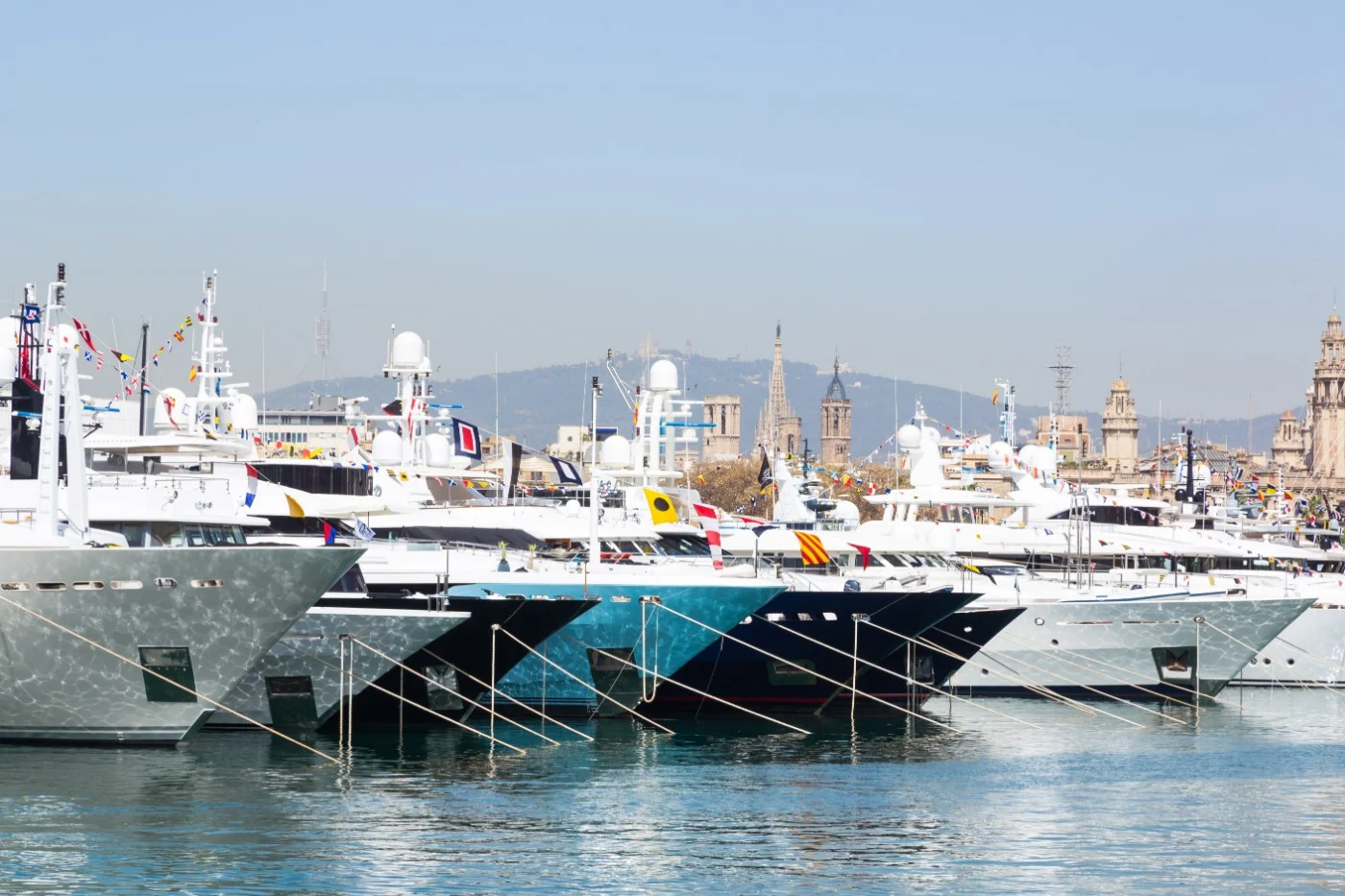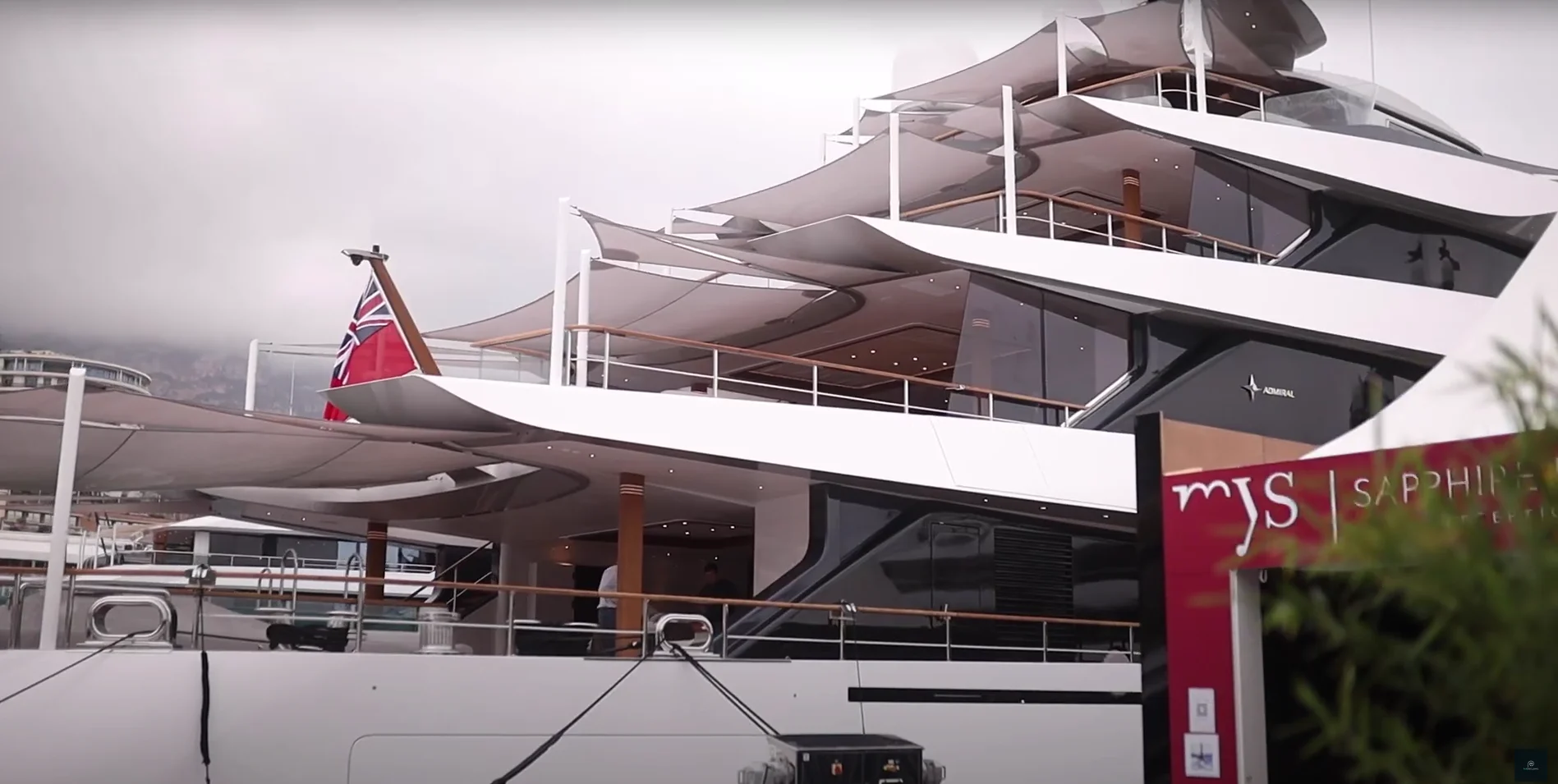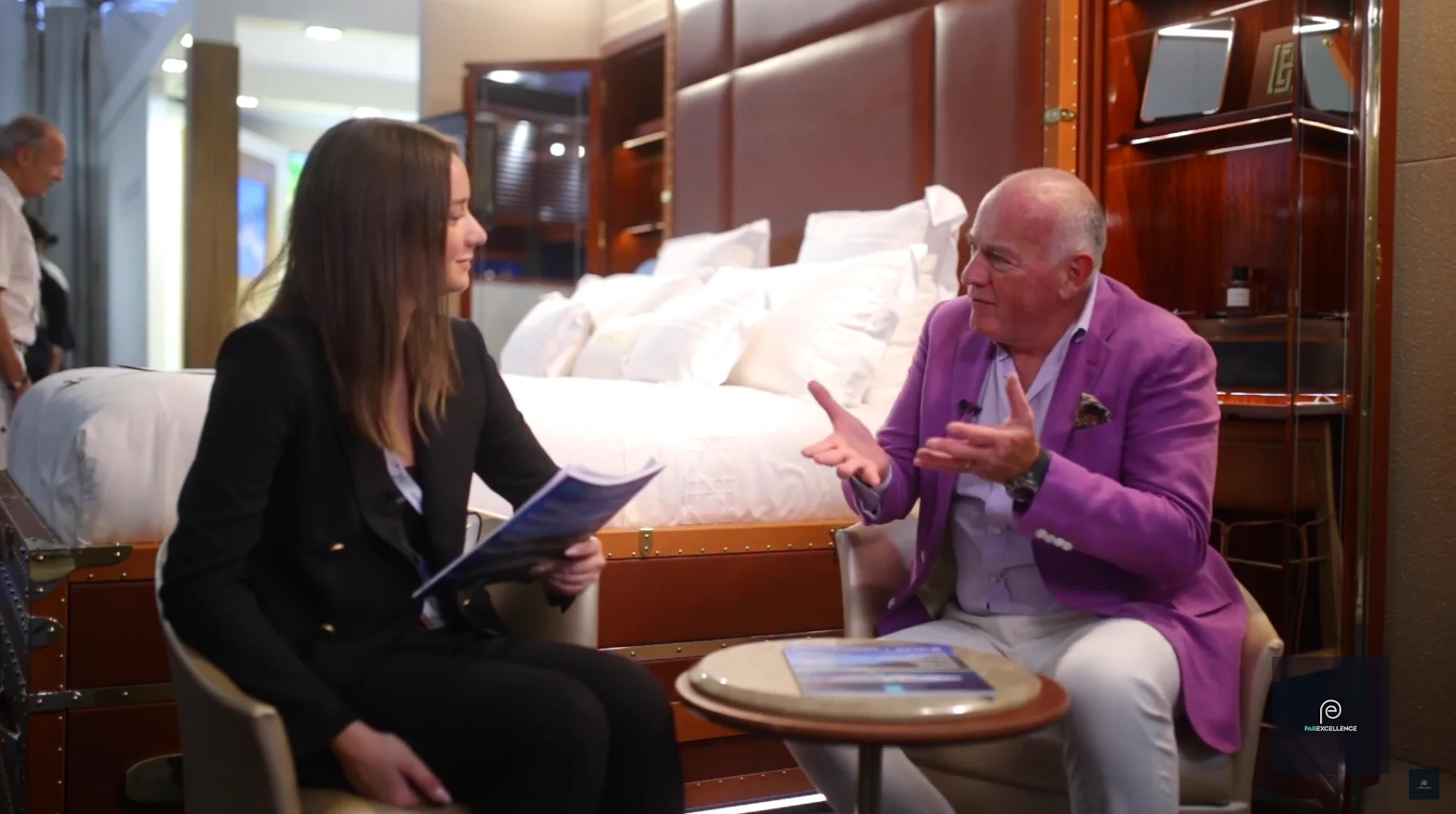Abu Dhabi Cultural Haven
- Par Excellence



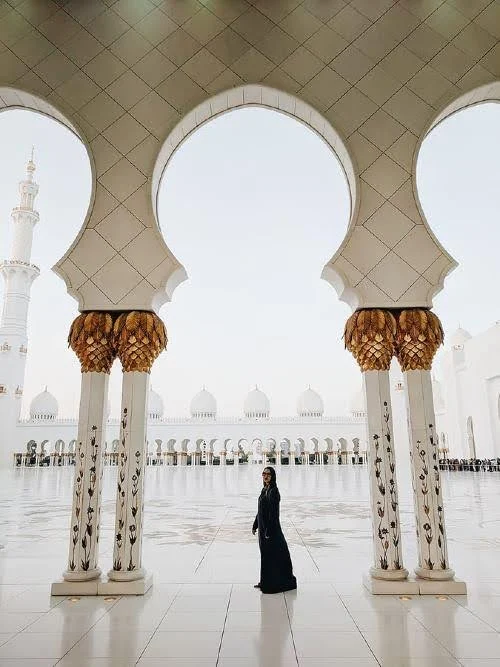





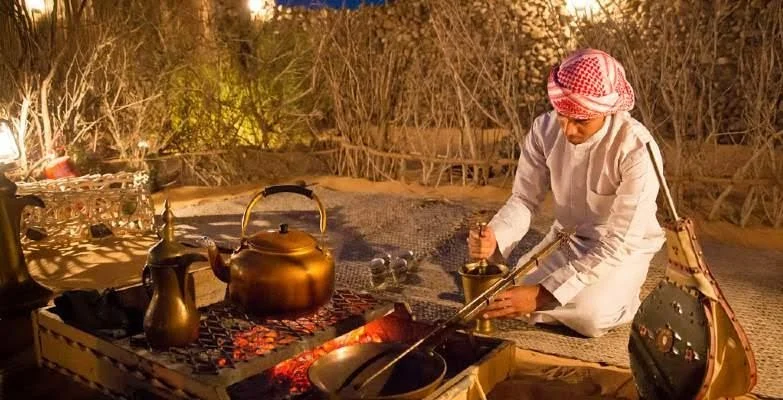
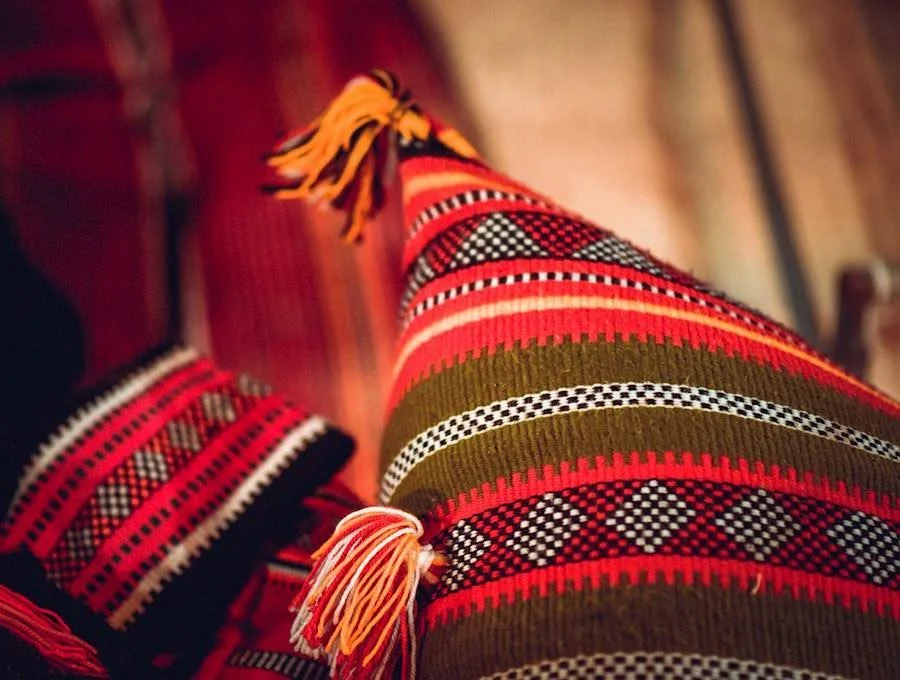


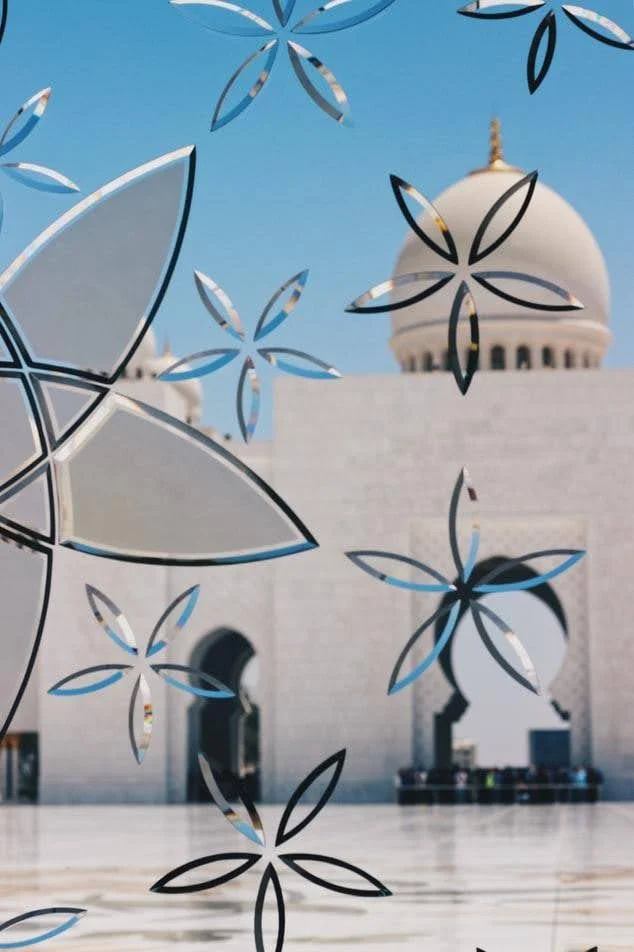






















Breeding place of Civilizations, the Cultural Hub of the Gulf

Abu Dhabi is a beautiful welcoming city landed from the future, home to a plethora of islands, like Saadiyat, Delma, Al Maryah, Sir Bani Yas, most accessible to visitors, to offer variety from entertainment to culture and luxury, untouched beaches and wildlife parks and sanctuaries, championship-standard golf facilities. Any sports experience and lifestyle event goes here. The last decades development in cultural centers and museums set Abu Dhabi the Jewel of Culture in the Gulf, with the landmark of the Grand Mosque Sheikh Zayed accepting visitors from all the world all year round.
Abu Dhabi with its large oil reserves and intention to further increase oil production also has the resources to significantly expand its historic strategy of boosting investment in the region. Their investments have even grown overseas, with numerous acquisitions present in Asia, Africa, Western Europe, and North America and dominating the funds. In spite of petrodollar financial superiority, a multi-dimensional economy has emerged, offering investment opportunities and employment to both, the citizens and the growing number of qualified expatriates. What is worth talking is that Abu Dhabi has been able to introduce a range of non-oil activities with great care and passion. These include high-tech industries, renewable energy, a luxury real estate market and cultural tourism. With clever management and strong government support, all of these elements will be able to survive the looming global recession and gradually become one of the most innovative economies in the Arab world following the next decade.
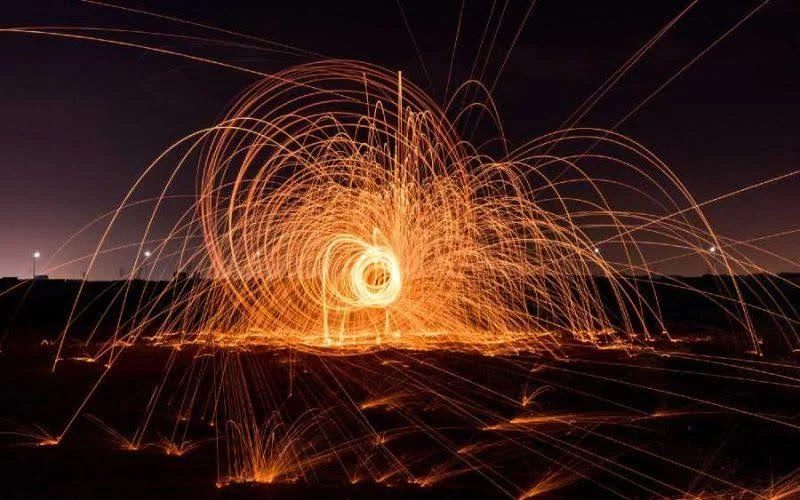
ABU DHABI FIREWORKS BY JULIANA SNAPS

ABU DHABI MODERN ART GALLERIES
Abu Dhabi’s history dates back to late 2500BC. The historical heritage of Abu Dhabi is majorly in the restoration of the architectural marvels built in the late 17th and early 18th centuries. Despite the economic risks during the global recession in 1930 and the passing away of the ruler Sheikh Zayed bin Khalifa the Great, only two decades later huge onshore and offshore oil reserves were discovered to resume export again and lead Abu Dhabi to a new path of development and wealth. Sheikh Zayed bin Sultan Al Nahyan was crowned as the new ruler of Abu Dhabi in 1966 and two years later HRH formed the federation of the United Arab Emirates. Curruntly HRH sons have shaped Abu Dhabi in a civilization cradle welcoming cultures and preserving heritage in great success.
The vision of Abu Dhabi is focused on creating a network of world-class cultural centers to promote tourism and attract and retain the residents. Plans are made to develop an island as a hub for culture and tourism with several museums (including a branch of the Guggenheim Museum in New York). A remarkable museum boosting multiculturalism is operating since 2017 the Louvre Abu Dhabi situated in a building designed by the French architect Jean Nouvel. Abu Dhabi has instituted its international cultural orientation and haven for research centers and development like Al-Ain, exploring methods for improvements for growing vegetables in drylands.

Also, homeland to several Marine and Land Research Centers, and special meetings like the World Ocean Summit which was held last March. Regarding the region, Razan Khalifa Al-Mubarak, chairman of the Abu Dhabi Environmental Bureau, told Arab News that ‘a “call to action” was needed by GCC governments to address very real and alarming local issues, with which the Persian Gulf is confronted’, proving the mindset of the Emirate of Abu Dhabi.
Another investment of Abu Dhabi is in Formula One and this investment is not about making money but about building a reputation, the splendor and attention of F1 regulars, from Sir Richard Branson to Prince Albert of Monaco, crown companies such as Etihad and Mubadala benefit from a stronger brand presence by sponsoring the event. Hosting a Grand Prix brings out the city’s great desire to develop exclusive tourism and also build a sustainable economy that is not just oil-based. There is a reputation return that works in many ways. There are approximately 600 million viewers from 180 countries that watch the race and see Abu Dhabi glitter. Abu Dhabi’s Formula 1 is a regional sign of the times – the speed and vitality of cars, a culture of performance that characterizes the dynamic shift that favors the Gulf States.

ABU DHABI FORMULA 1 FERRARI CHARLES LECLERC MONACO – PHOTO AL ARABIYA SPORTS

The GCC is the most powerful amongst the Arab world and is constantly growing, while the former Arab republics are still on the verge. F1 hosting brings Abu Dhabi as a leader and with a vision that Abu Dhabi can deliver. The latest statement is particularly important to the large number of investors and partners who come to enjoy the race. In simple words, practically everyone who conducts business with Abu Dhabi. In an area where relationships are crucial to doing business, these relationships are consolidated on these occasions.
Abu Dhabi 2030 Plan is to attract almost 8 million hotel customers annually, almost twice as many as compared to any emirate in the current seven United Arab Emirates. A multicultural hub will be presenting even more, like the Concert Hall designed by Zaha Hadid, transforming and diversifying the oil-fueled economy to a perfect civil society fueled by tourism and investments in several sectors.
Social development, Economic development, infrastructure and environmental care, security & justice, Government affairs
The pillars of the Abu Dhabi vision identify five ones: Social development, Economic development, infrastructure and environmental care, security & justice, Government affairs; each of these pillars to direct several objectives and run at around 100 programs, adapted in contemporary changes and challenges and supporting diversification policies.
The latest plan continues and honors the legacy that began at age 50 with Sheikh Zayed, the founding father of the county, who issued his first instructions as ruler of Abu Dhabi, stating that the work of the government should be with the real needs of the country and of the people.

ABU DHABI SHEIKH ZAYED FESTIVAL OF CULTURE

THE MOST BEAUTIFUL MOSQUE IN THE WORLD SHEIKH ZAYED GRAND MOSQUE BY MOHAMMED BUKAR
Abu Dhabi, a cultural haven is ideal to offer you cultural experience on land and the sea. You can go sailing, fishing and pearling. After all the pearling industry created a period of wealth for the United Arab Emirates from the late 19th century through the second decade of the 20th century, as relied on extensive expertise, from shipbuilding to sailing. But the most complex process of all was the pearl diving voyage, which lasted four months in the midst of summer. The shallow Arabian Gulf waters provided an ideal environment for pearling because oyster beds were shallow enough for divers to reach without modern scuba equipment.
Through the beautiful website of Abu Dhabi Culture https://abudhabiculture.ae/en you may trace all annual events and performances, the cultural centres, handicrafts, traditions, local cuisine suggestions and sites or museums to visit.
Wahat Al Karama, the Oasis of Dignity is a permanent tribute to UAE’s brave soldiers and other Emiratis who made the ultimate sacrifice while serving the Nation, featuring modern architecture in all its buildings like the Memorial comprising 31 aluminium-clad tables, and the Memorial Plaza offering clear views of the Memorial and the Sheikh Zayed Grand Mosque.


ABU DHABI BAIT AL OUD
A must visit is the Louvre Abu Dhabi, presenting a historical narrative of art that spans the entire history of civilization and emphasizes the shared human experience. Opened in November 2017 on Saadiyat Island in a building designed by notable architect Jean Nouvel, the museum’s 23 permanent galleries depict a wide range of cultures, traditions and epochs in a unique side-by-side presentation. This enables visitors to discover shared influences and intriguing connections between different cultures. The museum also features special exhibition spaces, a Children’s Museum, an auditorium, restaurants, retail shops and a research centre. The museum collection includes a number of significant works, including one of the finest examples of a standing Bactrian Princess from approximately 2000 BCE, a 3,000-year-old Middle-Eastern gold bracelet with lion’s head and an 1878 painting by Osman Hamdi Bey titled ‘A Young Emir Studying’. Other important works include Paul Gauguin’s masterpiece ‘Children Wrestling’, the René Magritte painting ‘The Subjugated Reader’, a 1928 collage by Picasso titled ‘Portrait of a Lady’, nine canvases by contemporary artist Cy Twombly and the most ancient known photographic representation of a veiled woman.
Visit Bait the centre Al Oud (‘bait’ means ‘house’ in Arabic) dedicated to the preservation, study and teaching of the oud and other Arabic instruments, preserving songs and techniques associated with the oud, and other important instruments in the United Arab Emirates, including the qanun, cello and rebabah, as well as Arabic singing, and Arabic Muwashahat. It hosts performances, offers music lessons and certificate-awarding courses in these instruments. Bait al Oud also teaches the process of making oud instruments by hand.


AL SADU ARTISTRY IN ABU DHABI
Did you know that famous Arab philosophers and scientists, including Al-Farabi, Al-Kindi and lbn Sina, developed their theories of music using the oud? The oud is one of humankind’s oldest stringed instruments, dating back to the Akkadian Empire in ancient Mesopotamia (modern-day Iraq).
If you wish to learn more on the tradition and heritage of Abu Dhabi you must learn more on Al Sadu, the versatile artistry of handmade woolen art. The artisans in the Arabian Peninsula have a history from the Bedouins introducing the craft of Al-Sadu. This is the technique of weaving the hair of camels and the wool of goats and sheep into fabric for blankets, carpets, pillows, tents and the decoration of camel saddles and belts. Al-Sadu holds a place of particular honour in Emirati society, recognized for its essential and social role in Bedouin life and as a tangible example of adaptation and creativity. It also represents one of the most valuable economic contributions that women made to their society.Enjoy coffee at every occasion, as Arabic coffee is considered a symbol of the generosity attributed to the citizens of the UAE, representing an important aspect of cordial hospitality and has become an authentic national tradition, an eternal emblem in authentic Emirati lifestyle.
Visit the modern-day city of Al Ain and spend time in the Palm Oasis with 147,000 palm trees fed by a traditional irrigation system. With its still-operating traditional Falaj irrigation system, meandering pathways beneath a thick canopy of date palms and other fruit trees, Al Ain Oasis reflects what agriculture in this region has been like for millennia.

Enjoy a 4×4 safari time in the near desert and extend your time to Necropolis in Jebel Hafeet Tombs. A must visit is the Fortress Qasr Al Muwaiji, a fine example of early 20th century mud-brick architecture, which played a major role in the history of the Emirates. Built in the time of Sheikh Zayed the Great by his son, Sheikh Khalifa bin Zayed bin Khalifa. Later it became the home and administrative base for the late Sheikh Zayed bin Sultan Al Nahyan, when in 1946 he became the Ruler’s Representative in the Al Ain Region. His Highness Sheikh Khalifa bin Zayed Al Nahyan, was born at Qasr Al Muwaiji two years later, and spent much of his youth there, learning from his father.
In Al Ain a must visit is the Zayed Central Library with a collection ranging from more than 100,000 books for children and adults to scientific journals, periodicals, scholarly works and academic publications. Library visitors also can use a range of other amenities, including computers with internet, free Wi-Fi, reading rooms, a theatre, and a bookstore selling Dar Al Kutub publications.
In Abu Dhabi galleries, exhibitions, talks, workshops, performances and installations bring contemporary art to its residents and visitors. Abu Dhabi Art expands the notion of what an art fair can be by placing a strong emphasis on a diverse public engagement programme, including art installations and exhibitions, talks and events that take place in different locations throughout the year. My next plan will be the Festival of Abu Dhabi. Named in honor of the late Sheikh Zayed bin Sultan Al Nahyan, founding father of the United Arab Emirates, the Sheikh Zayed Heritage Festival celebrates the United Arab Emirates’ cultural inheritance, showcases the rich diversity of its traditions and enlightens visitors about the legacy of the nation’s founder.


Visitors to the festival can experience Emirati heritage and culture through its arts, crafts, foods and customs. A central feature of the festival is the UAE Heritage District, which hosts exhibitions, events and popular markets reflecting traditional Emirati life. The World Heritage district reflects the architectural heritage, crafts, products and traditional arts of other countries. It can take pages to speak of the activities whilst in Abu Dhabi.
The festival also features camel races, falconry shows, a variety of competitions and fireworks. View more on festivals and schedule your travel to Abu Dhabi.
As we conclude our exploration of Abu Dhabi’s cultural richness and allure, it’s impossible not to mention some of the newest additions that continue to elevate this city as a cultural haven. The annual spectacular Abu Dhabi Yacht Show, showcasing the latest trends and innovations in sustainability, adds a touch of glamour and excitement to the city’s vibrant scene.
Meanwhile, the magical islands scattered throughout the region offer opportunities for serene exploration on board your yacht, or whether it’s kayaking through mangrove forests, marvelling at the beauty of the salt-lake, or simply immersing oneself in the breathtaking natural landscapes.
Abu Dhabi’s commitment to preserving tradition, celebrating culture, and fostering a sense of humanity amidst its modernity makes it a destination where one could easily wish to live forever.
Contact us to offer personalized advice for mansions, boutique hotels, restaurants, events.

EMIRATES PALACE MANDARIN ORIENTAL – CREDITS: TBA
Photo Credites: Named Photographers + Abudhabiculture.ae website + F1 Al Arabiya En version.




